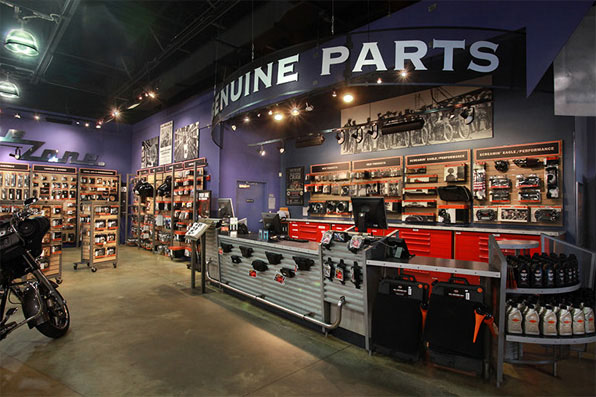We all know that loyal customers are better than non-returning customers.
But how do you earn customer loyalty?
What are the principles of customer loyalty?
1. Positioning – communicate your brand values clearly and strongly

This sounds good in the abstract, and it makes sense for giant companies like Apple and Harley-Davidson. But what if you’re just a small mom-and-pop store?
It’s still very important. A customer walking past your store should be able to tell, in an instant, what your business is “about”.
You might be selling ice cream, coffee, or even groceries. But what kind of grocery store is it?
Is it a place that’s cheaper than everywhere else? Does it have the best service? Does it have the most pleasant shopping experience? The most helpful staff?
You don’t need to be perfect in every area – and you shouldn’t try to be. Rather, you should figure out what exactly you’re about, and communicate that as effectively and consistently as you can.
You’ll earn loyalty from the specific type of customer who’s looking for your specific type of store. So be clear about what that is.
2. Trust – be consistent and reliable
Lots of people know that they can get better coffee somewhere other than Starbucks, and better food somewhere other than McDonald’s – and yet they patronize those places over and over again. Why? Because it’s consistent and reliable. You know that a Frappucino or a Big Mac is going to taste and cost pretty much the same, wherever in the world you buy it.
As consumers, we’re all overwhelmed with information every single day. We have too many decisions to make about too many things. And so we often satisfice by going with what we know is “good enough”.
One simple and effective way to reassure would-be patrons and earn their confidence is by having a return policy. If you’re an F&B outlet, this could come in the form of a “We’ll make your drink/dish again, no questions asked” policy.
3. Surprise – delight your customers whenever you get the chance
Everybody loves free stuff. And we love it even more when it’s unexpected.
(Of course, sometimes you’re going to get truly unreasonable customers. You don’t want those people to come back. Still, be firm and polite. In the Facebook era, every small business has a chance of being thrown into the media frenzy of international news because of a customer feedback issue.)
4. Treat them well when things go wrong
Lifelong customers can switch loyalties when something bad happens, and then the response is fudged. You do want to minimize the odds of bad things happening (especially catastrophically bad stuff like food safety, faulty products and so on). But you also need to know that something will inevitably go wrong, and some of your customers will be disappointed. One of your crew is going to spill a drink on a customer. You need to be prepared for this.
Make it up to them. Be sincere in your apology. Give them free stuff, and not a derisory amount (like a 10% coupon or something). It might seem costly in the moment, but the positive word-of-mouth you’ll get from this sort of thing is very worth it.
5. Keep your employees happy
Unless your brand is all about grumpy staff, you’ll want to keep your staff happy. They are the stewards of your brand.
Zappos is one of the famous examples of a brand that’s known to delight its own employees. Virgin is another.
“It should go without saying, if the person who works at your company is 100 percent proud of the brand and you give them the tools to do a good job and they are treated well, they’re going to be happy.” – Richard Branson, to Inc
6. Build a community
Every great brand has a loyal following, and that following becomes a community.
Host little events in your business space, if you can. I’m particularly partial to live music. Lululemon turns some of its stores into yoga studios after hours.


